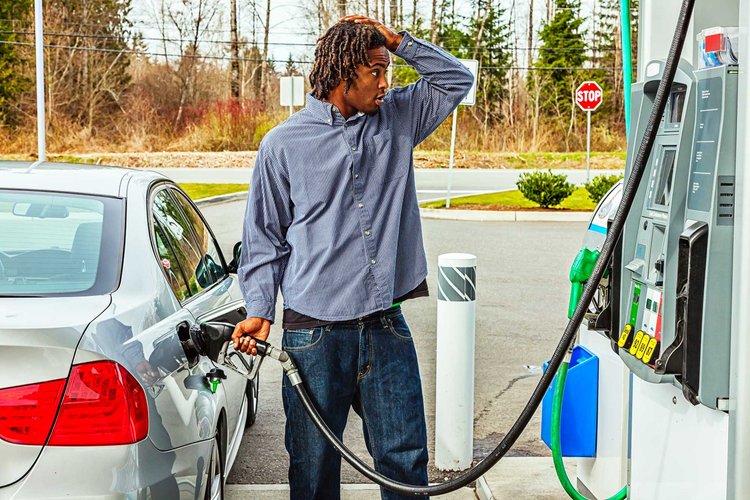The desire to spend less money on fueling up the car is not new, but we always renew our attempts at it when gas prices soar. Now that gas prices have soared alongside the prices of absolutely everything else, we’re all feeling like we need to make a better effort at purchasing less of it. Here are the latest tips on how to do just that.
- Fill up with the lowest grade possible. Some drivers purchase a higher grade of gasoline than necessary, either due to prestige or a suggestion. Talk to your mechanic and find out what’s really necessary for your vehicle. Also ask about gasoline with additives. Sometimes they do work to the benefit of your vehicle, but sometimes they’re just marketing.
- Fill up at the lowest price per gallon possible. We know this seems obvious, but here’s why we mention it. Convenience is king and the king has expensive tastes. Gas stations located away from high-traffic intersections and highway interchanges charge less per gallon. Determine what those locations are in your area and make a point to fill up there.
- Brake steadily. Your vehicle burns more gas when you accelerate often and brake hard. So, avoid zooming in and out of traffic or in and out of the neighborhood. Drive steadily and at a reasonable pace. Not only is it cheaper, but it also puts less wear and tear on your vehicle, it’s safer, and it gives your passenger(s) a more comfortable ride.
- Slow down. Your vehicle burns more gas when you drive faster. We know this is difficult to hear, but driving at 75 mph on the freeway creates wind resistance that increases your fuel consumption. Drive 65 mph instead. It’ll boost your fuel economy up to 20% by comparison.
- Stay tuned up. A vehicle that’s running in tip-top shape will have the most efficient gas consumption. Regular tune ups can be pricey and inconvenient, so maintain what you can as best as you can. Tires that are properly inflated, oil that’s changed regularly, and working filters (air, fuel, oil) make a big difference.
There are a number of apps and websites you can use to track local gas prices. Some online maps automatically provide prices, too. Unfortunately, they’re not always reliable and price updates can fall behind. It’s wise to do what you can on your own before you put your trust in crowd-sourced reporting. That way you’ll know you’re saving as much as possible and any additional savings you find will be purely a bonus.





